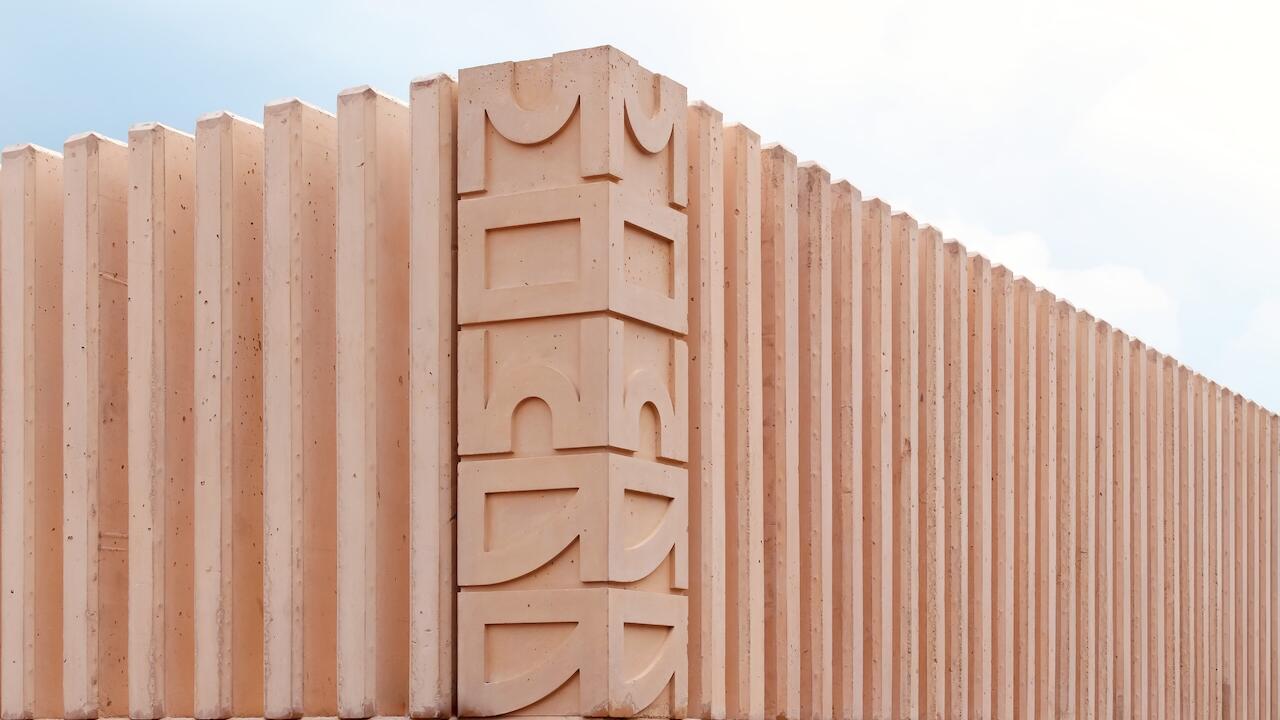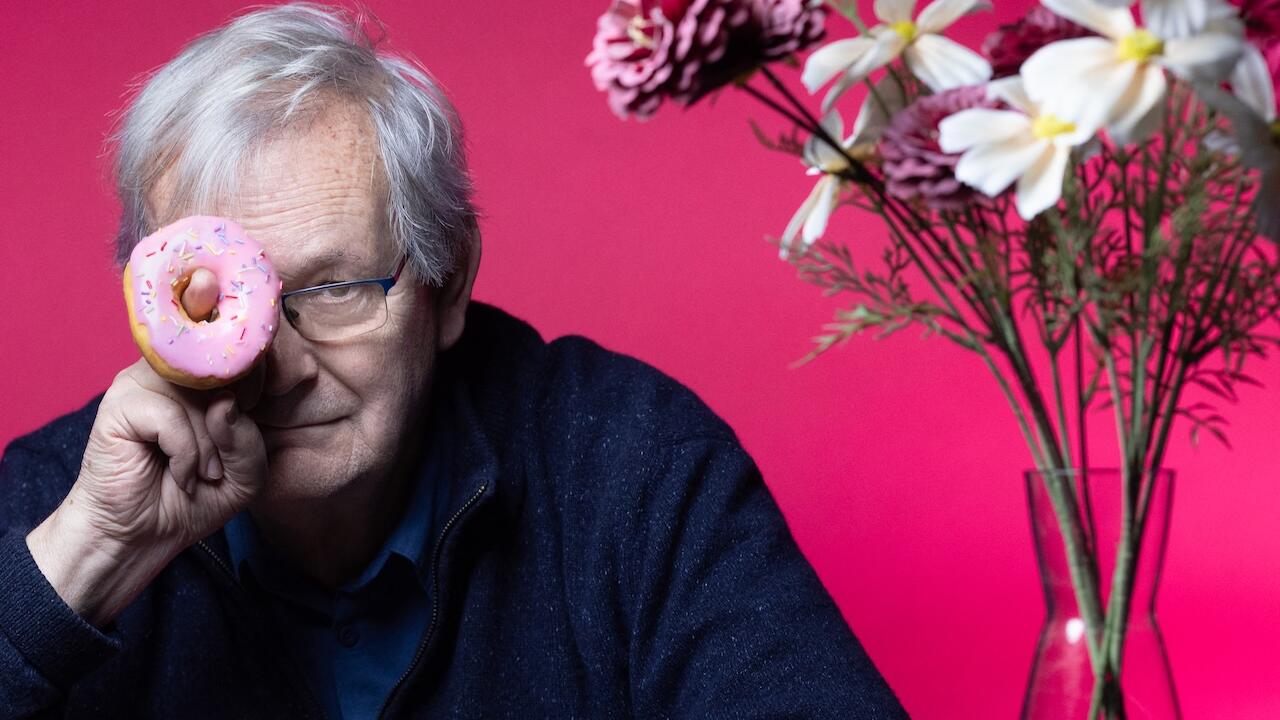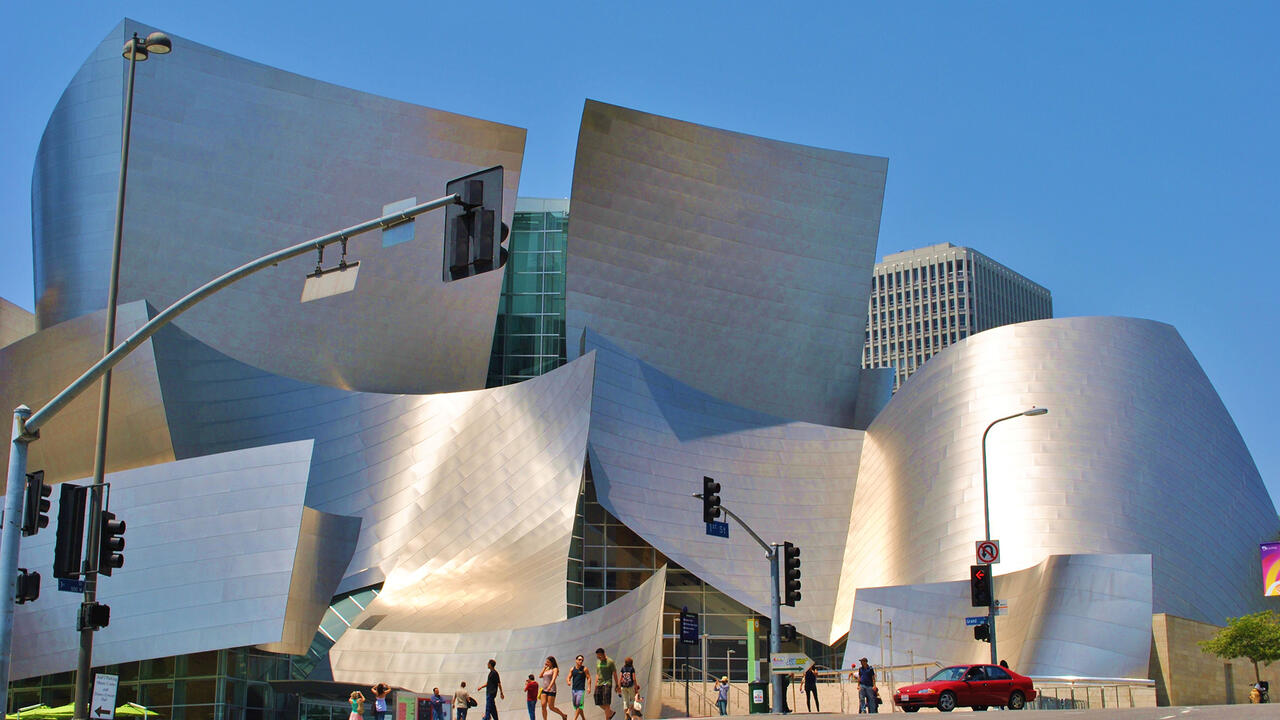Looking Back 2017: Beijing
With the recent razing of suburban slums, tightening censorship and the sad passing of Geng Jianyi, a year of reflection in the Chinese capital
With the recent razing of suburban slums, tightening censorship and the sad passing of Geng Jianyi, a year of reflection in the Chinese capital

The end of 2017 will leave deep scars on many in China. This year will be remembered for the displays of political propaganda across billboards, LED screens, construction sites, subways and shopping malls in many cities, especially in Beijing. It will be remembered for increasing ideological control and the tightening of censorship – from the media to classrooms. Above all, it should be remembered for the thousands of people – including women, children and the elderly – who, since late November, have been unexpectedly thrown onto the streets as part of Beijing party chief Cai Qi’s 40-day campaign to clear the capital’s suburban slums of potential security hazards.

These areas are where most of Beijing’s migrant workers and low-income populations reside, as well as being the location of nearly all courier services and manufacturing businesses – including framers and exhibition builders. We in the art world have to stop pretending that this doesn’t concern us; it no longer simply suffices to show our engagement in political affairs by re-tweeting and commenting on WeChat. We may be inconvenienced by the much-delayed delivery of packages of books we have ordered for our museum libraries and the sudden absence of cleaners for our exhibition spaces – they have lost their homes. For all of us working in the arts, it is worthwhile taking a pause, perhaps, to examine what we do – and then to resume our tasks with empathy for those affected by recent events and a renewed appreciation for what we are still able to do. This brings a sense of responsibility to push ourselves harder in our professional practice. Thankfully, 2017 has also given us some admirable examples to follow.
Notably, this year saw a number of survey exhibitions by artists who were all born around the mid-1960s. As well as having demonstrated the intensity and sincerity of these artist’s practices, they have surprised us with the depth and sophistication of exciting new projects.

Zhao Bandi, ‘China Party’, UCCA
5 August – 22 October 2017
Zhao Bandi emerged as part of the ‘new generation’ phenomenon in Beijing in the early 1990s – a group of academically-trained realist painters whose works depicted familiar subjects and surroundings from everyday life, breaking with the more metaphorical subject matter of their predecessors. Yet, in 1993, just as his career was taking off, Zhao quit painting entirely and adopted a conceptual approach, employing mass media as his artistic medium. This survey show provided an overview of all stages of his varied career. Zhao posed for subway billboards and calendar posters; he put on a one-man Olympic opening ceremony in Lucerne in 2008; he staged a performance during his appearance in a genuine court case; he held a fashion show of his designs of panda-themed outfits. It was a moving experience to see Zhao’s earnest commitment to emulating and reflecting on the complexity of Chinese society through its various stages of transformation over recent decades.

Ni Haifeng, ‘55 days at Peking’, Diplomatic Residence Compound
20 June – 14 August 2017
In 1991, as Zhao Bandi was emerging as a ‘new generation’ artist in Beijing, Ni Haifeng was part of the artist-initiated ‘Garage Show’ in Shanghai. In the exhibition, he presented a series of photographs that documented his repeated scrawling of numbers across the walls of deserted warehouses in his hometown of Zhoushan – an act of eradicating meaning, influenced by Roland Barthes’s Writing Degree Zero (1953). Since the 1990s, Ni has resided in Amsterdam; it is only in recent years that he has begun to spend time working in Beijing. In his latest exhibition ‘55 Days at Peking’ at DRC No. 12 (an exhibition space inside the Diplomatic Residence Compound in Beijing), Ni questioned the construction of historical narratives and their endurance in the present. In this tightly structured and multi-layered exhibition, he presented two parallel 55-day timespans. The first related to the siege of the foreign legations’ compounds in Beijing during the Boxer Rebellion of 1900. (The 1963 Hollywood dramatization of this event, starring Ava Gardner and Charlton Heston, gives the show its title.) The other charted the timeline of the exhibition itself, set within a diplomatic compound, with the ‘freedom’ of an overseas territory

Xing Danwen, ‘Captive of Love’, Red Brick Museum
10 September – 20 October 2017
A contemporary of Zhao Bandi, Xing Danwen was initially known for her documentation of Beijing’s art scene between 1993 and 2003. Entitled ‘A Personal Diary’, this series of photographs bear witness to a fecund period of artistic experimentation – from the painter’s village in the Summer Palace to performances in apartments and installations on the streets, all against the backdrop of Beijing’s rapid urban development. Presented for the first time in its entirety in the city, ‘A Personal Diary’ formed the core of the artist’s survey exhibition ‘Captive of Love’ at the Red Brick Museum. This show highlighted several threads in her practice, from her photographs of staged urban reality to her more recent considerations of environmental issues.

Lin Yilin, ‘The Departure from Her Feet’, Boers-Li Gallery
2 December 2017 –13 January 2018
Lin Yilin spent his formative years as an artist in Guangzhou, a metropolis in South China that was at the forefront of economic reform and rapid urbanization in the 1980s and ’90s. Trained in sculpture at Guangzhou’s prestigious Academy of Fine Arts, since the 1990s, Lin has instead embraced performances and installations, with an emphasis on the relationship – and tension – between an individual and the environment. Often this was done within the framework of the Big Tail Elephant Group, known for their site-specific interventions in public spaces, of which he was a founding member. His first collaboration with Boers-Li Gallery brought together four projects – videos and photographic documentation of performances that took place from 2011 to 2015. For her three-day performance, The Departure from Her Feet, as part of the 12th Swiss Sculpture Biennale in 2014, Lin rolled down the street like an car wheel, departing from the Statue of Justice via three varied routes towards the City Hall in Biel, symbolically charging the public sites of streets, institutions and government with his body as an agent.

Wang Bing, ‘Experience and Poverty’, Magician Space
18 November 2017 – 31 January 2018
Beijing-based filmmaker Wang Bing has long been an inspiration to the art world for his commitment to documenting some of the most remote, harshest and darkest conditions of contemporary Chinese reality, and portraying them with enormous patience and generosity. In his current show ‘Experience and Poverty’, which opened in November at Magician Space, we are introduced to two new works – Mrs. Fang and 15 Hours, both commissioned by documenta 14. 15 Hours records a day’s shift for a group of people working in a garment factory in the city of Huzhou, Zhejiang province. Wang films in one continuous take, following the movements of the migrant workers operating within the confined space of the factory floor. Screened in its entirety over two days of the exhibition’s run, the film communicates something of the endurance required for this kind of labour. The routines of filmmaker and factory worker temporarily mimic one another together, bridging the gap between viewer and the object of the camera’s gaze. Mrs Fang is a more intimate portrait of dealing with a woman nearing death, which follows the relatives and neighbours who care for her in her remote village.
Wang’s films, often unedited, require long viewing periods – sometimes 24 hours, sometimes two days. They constantly remind us that to make films – as with all art – takes time as well as empathy and humanity: we should approach reality likewise.

At the point of finalizing this roundup, I learned about the passing of Geng Jianyi, a contemporary of the above-mentioned artists. Born in 1962, Geng Jianyi was one of the leading conceptual artists in China, emerging with the famous ‘85 New Wave’ movement and participating in the ‘Garage Show’ with Ni Haifeng in 1991. In 1988, he wrote a text published on the front page of Zhongguo meishubao (Fine Arts in China) entitled ‘Artworks and Audience’, which was a witty response to the heated debate on the issue of language in art at that time. He started with a joke: A man who is about to sneeze raises his head and looks up; many around him do likewise. The man sneezes and walks away, leaving the crowd still searching the sky. For Geng, the question of an artist’s style or formal language was like the man in the joke who raises his head: looking up was not the ultimate intention, he just needed to sneeze. Geng thus questioned the idea of projecting too much meaning onto the formal aspects of art and expressed his own relief at not being bound by such superficial concerns. Geng’s prolific practice was a relentless quest into what art is or can be; now he is like the man who sneezed and walked away, leaving many to continue searching the sky.
Main image: Xing Danwen, detail from the series ‘A Personal Diary’, 2017. Courtesy: Red Brick Museum, Beijing




















